
People power derailed the Trans-Pacific Partnership (TPP) – an international movement of people from the TPP countries united across borders to fight against corporate power.
The TPP was pushed by the most powerful forces in the world – the U.S. president, the united corporate lobby, and the Republican congressional leadership. People power won. This victory will be one of the biggest wins against concentrated corporate power in our lifetimes.
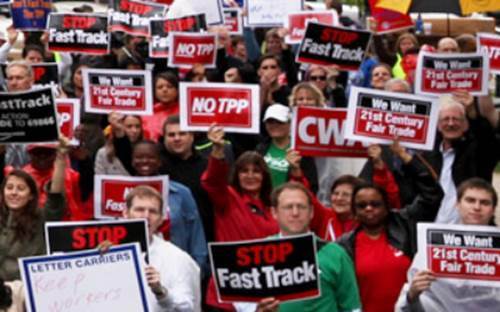
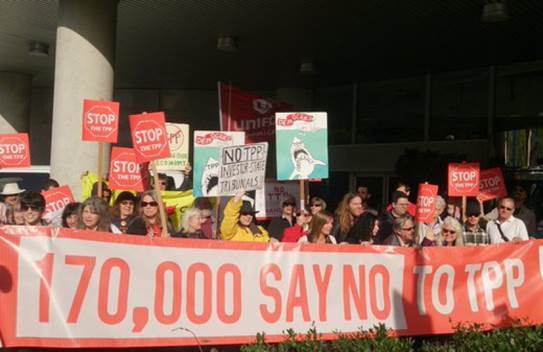
Thanks to years of campaigning by people across the United States, the agreement could not garner a majority of support in the U.S. House of Representatives since its February 2016 signing. This meant that the White House and Republican leaders were forced to reverse their last-ditch People Power United Across Borders Stopped the TPPeffort to pass the TPP in the lame-duck session of the U.S. Congress that began on November 14, 2016.
At a time of rising anger about the growing power that corporations have over governments and the decisions that shape our daily lives, the TPP represented one of the most audacious means to consolidate and formalize corporate power. The TPP would have covered 40 percent of the global economy, yet it was negotiated in secret with hundreds of corporate advisors while the public was locked out.
That the TPP would have been defeated by Congress if brought to a vote signals that Trojan-horse “trade” agreements that expand corporate power and shrink Americans’ wages are simply no longer politically viable. The American public has resoundingly rejected two decades of trade policies that not only failed to live up to their proponents’ promises over the past 20 years, but have caused real damage to working people and the environment.
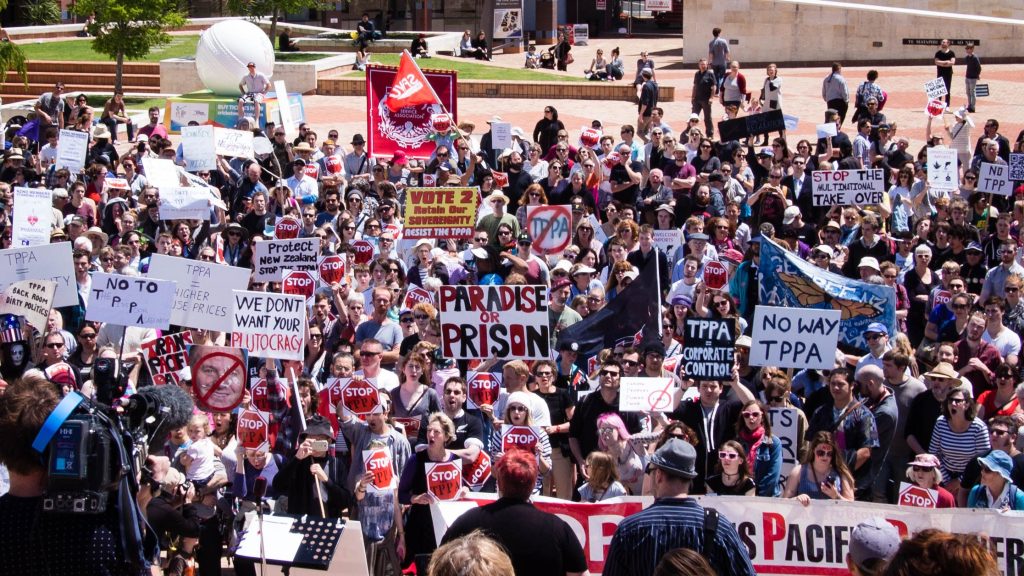
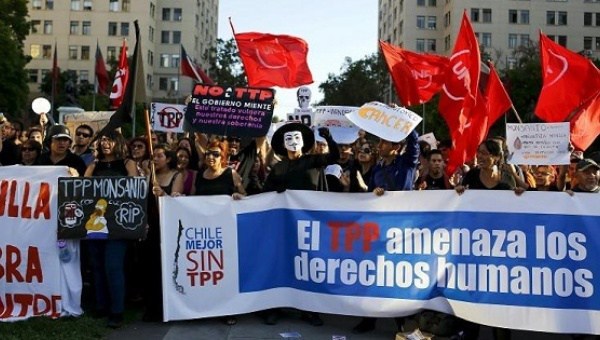
The plan to sign the TPP in 2012 was delayed for years by vibrant civil society movements in other TPP nations, where activists pushed their governments to reject TPP terms expanding investor rights, monopolies for pharmaceutical firms, financial deregulation and other threats. That meant time for U.S. activists to organize, organize, organize.
For six years, a strong coalition of U.S. labor, environmental, consumer, faith, human rights, health, family farm, civil rights, and progressive on-line organizations and activists – and a team of dedicated members of Congress led by the indefatigable Rep. Rosa DeLauro – worked tirelessly to stop the TPP. Millions of people across the United States helped to educate and organize their friends, families, and colleagues, setting the stage for a trans-partisan revolt against trade as we know it.

The only way forward is to create new rules of the road for globalization that put people and the planet first while harvesting the benefits of expanded trade. And we must roll back the existing “trade” deals and extreme investor-state dispute settlement regime that have caused people and the planet so much damage.
The coalition that stopped the TPP is powerful and united and will fight forward to deliver that change. And we will be ready to take on any attempt to revive the TPP or advance other corporate-friendly trade pacts based on the same failed and outdated model of trade.
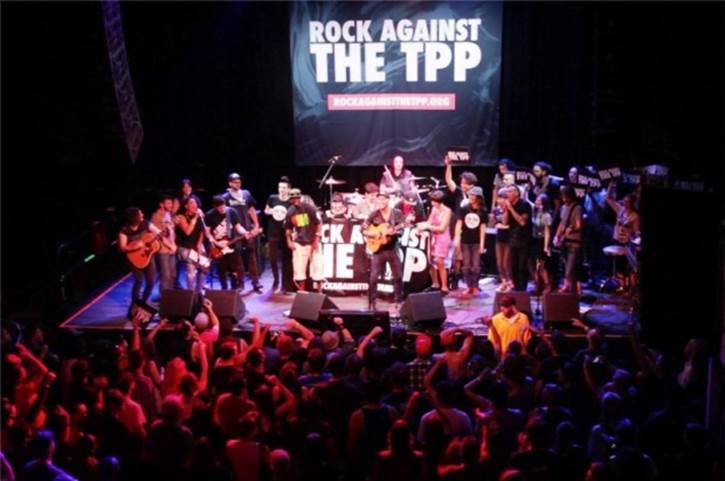

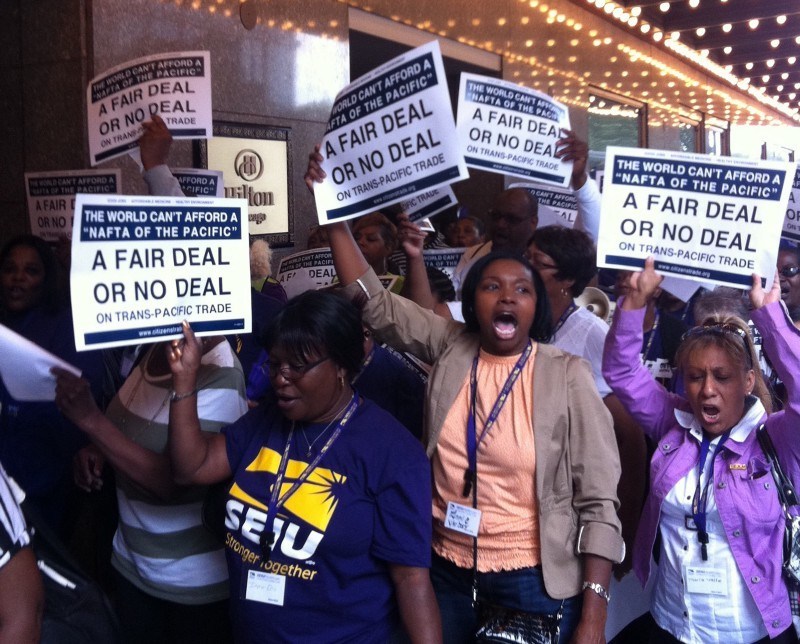
Some of the U.S. press coverage suggested that Donald Trump’s election killed the TPP. The unremitting push by the Obama administration for the TPP right through the election, with cabinet officials campaigning for TPP nationwide, helped to elect Donald Trump by signaling that “Democrats” were for the dangerous deal. But Trump has not derailed the TPP. It was the cross-border, cross-sector, progressive “movement of movements” that defeated the TPP.
Under the banner reading “A New Deal or No Deal,” the first cross-sector demonstration against the TPP in the United States was in June 2010 – a full six years before Trump became the official Republican nominee. Held outside the TPP’s first U.S.-based negotiating round, it featured advocates from the labor, environmental, family farm, consumer, indigenous rights and other social justice movements.


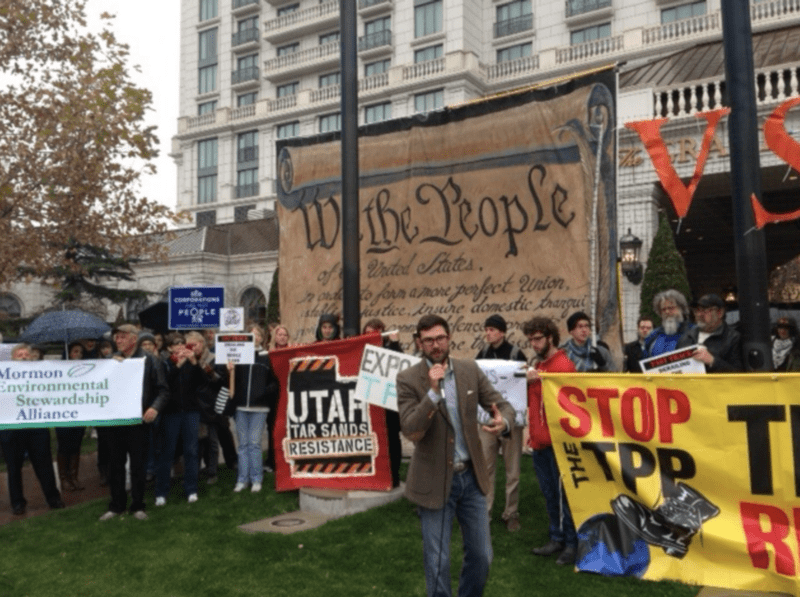
While we didn’t outright oppose the TPP at that time, we warned we would organize against it if it didn’t represent a radical departure from past trade deals that put corporate interests ahead of working families, public health and the environment.
It took years of protests at subsequent negotiating rounds in Chicago, Dallas, San Diego, Salt Lake City, Maui and elsewhere – coupled with hundreds of other protests in cities and towns across the U.S. and around the world – to slowly, but surely, put the TPP on progressive groups’ radar.
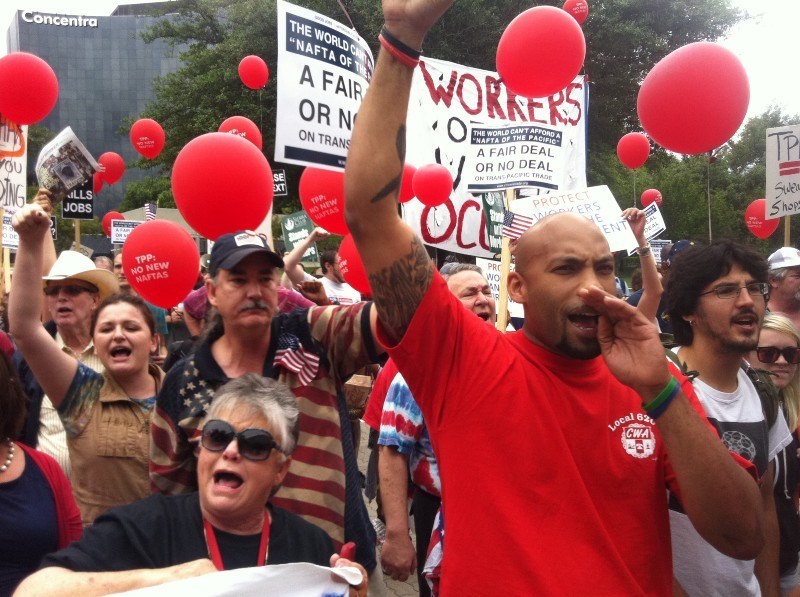


Over that time period, first thousands, then tens of thousands, then hundreds of thousands and then literally millions of Americans signed letters and petitions urging the Obama administration and Congress to abandon TPP negotiations that gave corporate lobbyists a seat at the table, while keeping the public in the dark.
We were up against Wall Street, Big Ag, Big Oil, Big Pharma, Walmart and Big Retail, the Chamber of Commerce, the Business Roundtable, the National Association of Manufacturers, the President of the United States, the leadership of Congress – in short, we were up against some of the most powerful economic and political interests in human history.
Countless people told us we had no chance of winning. But we persevered. Our allies abroad did yeoman’s work convincing their governments to reject the most draconian proposals from U.S. negotiators – something that dragged out the negotiations for years, giving us all more time to organize. For years, civil society experts from New Zealand to Malaysia, from Chile to Japan, coordinated across time zones and international date lines to identify and strategize around controversial issues in the negotiations and make plans for each negotiating round.
Together, globally-coordinated progressive coalitions from a host of different countries developed and publicized analyses of the TPP, pushing out leaked texts when our governments refused to tell us what they were proposing in our names, and hacking away week after week against media blackouts, relying heavily on independent media, social media and word-of-mouth to inform the most active elements of the public about the power grab underway.
In the United States, after reaching out to groups one at a time to pull them into this fight, more than 2,000 organizations had signed statements opposing “Fast Track” authority for the TPP by April 2015. This, again, was before Trump had even announced his candidacy.

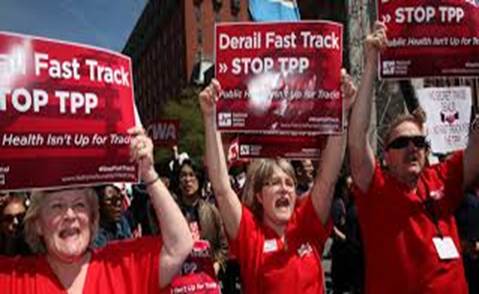
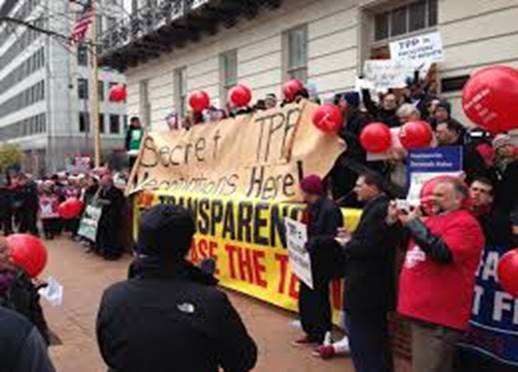
An incredibly diverse array of organizations and individual activists were constantly sharing information and strategically coordinating their efforts to pressure key elected officials. Thousands of people met with their members of Congress at home, and bird-dogged them at every parade, town hall and speech. We built a majority of opposition to the TPP in Congress – despite all the big-money interests fighting hard on the other side.

Prominent supporters of past pacts, including Paul Krugman and others who served in government and international economic agencies, such as Joseph Stiglitz, Jeffrey Sachs, Robert Reich, Simon Johnson and Jared Bernstein, announced their opposition to the TPP and many became engaged in trying to stop it. They spotlighted how the TPP offered little in the way of economic benefits for Americans, but threatened to push down wages, increase income inequality and threaten decades of public interest policies. The mayors of America’s largest cities – New York, Los Angeles, Houston, Boston, Detroit and dozens more – urged Congress to oppose. Leading cultural figures helped to educate their followers about the TPP’s threats. Tom Morello, La Santa Cecilia, Anti-Flag, and other musicians played at Rock Against the TPP shows across the country to drum up public opposition to the TPP.
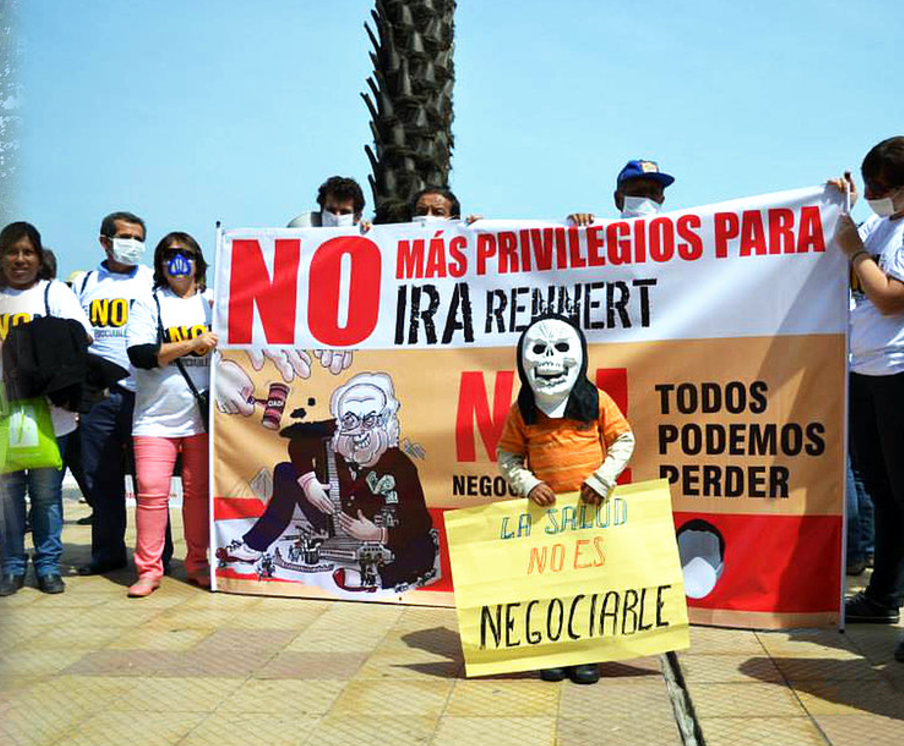
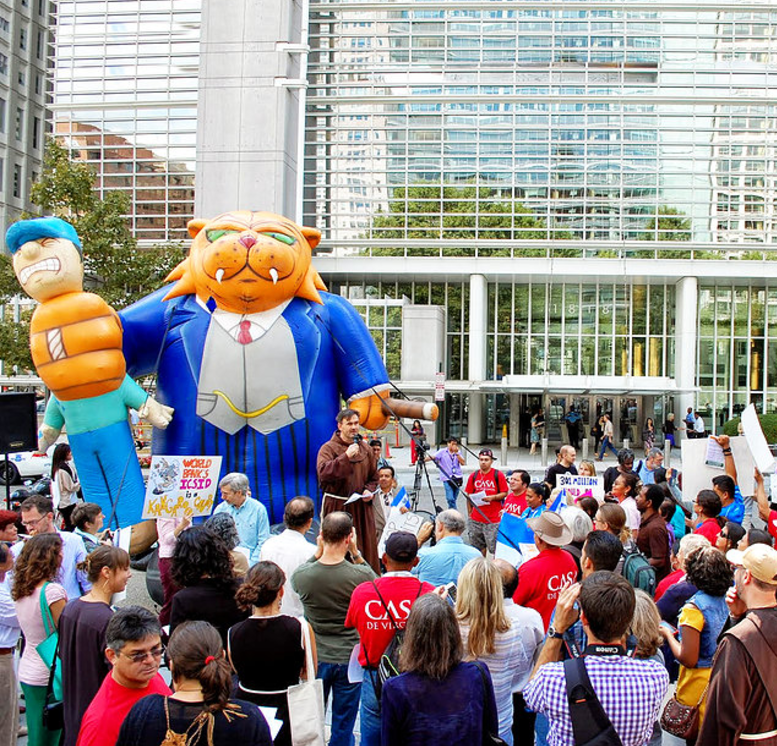
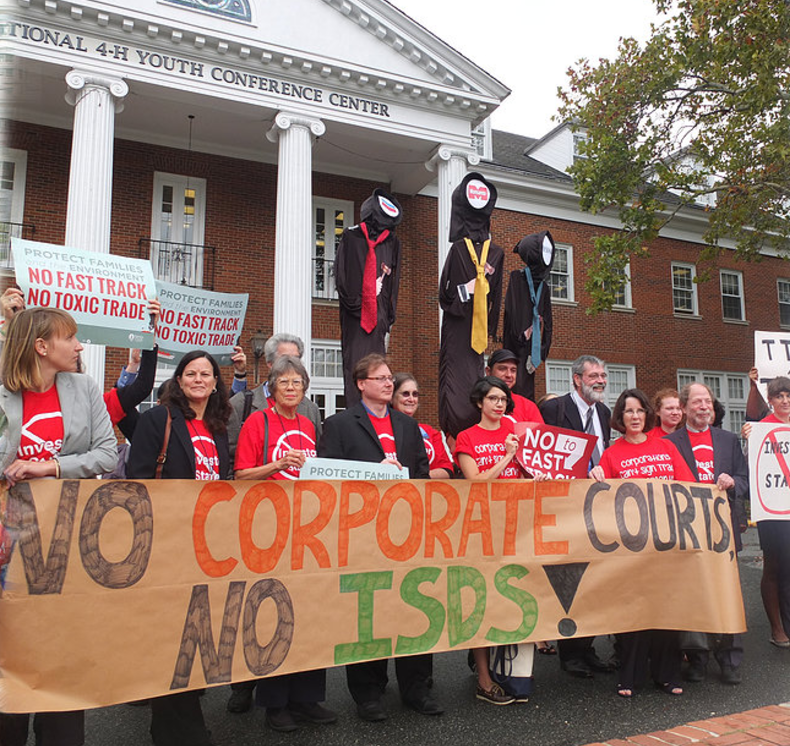
At the same time, global opposition to the international investor rights regime and the investor-state dispute settlement system at the heart of the TPP reached a tipping point. The key provision in TPP granted new rights to thousands of multinational corporations to sue governments before a panel of three corporate lawyers. These lawyers can award the corporations unlimited sums to be paid by taxpayers, including for the loss of expected future profits. These foreign corporations need only convince the lawyers that a law, environmental regulation or court decision violated their new TPP rights. Their decisions are not subject to appeal and the amount awarded has no limit. Senator Elizabeth Warren helped to break through the media blackout about this “investor-state dispute settlement” regime.

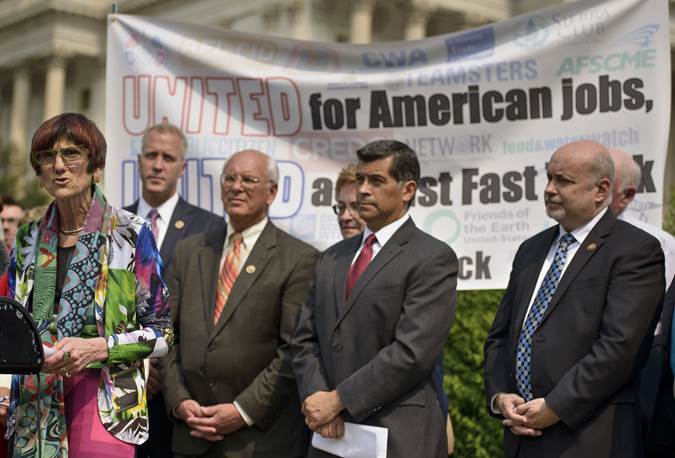
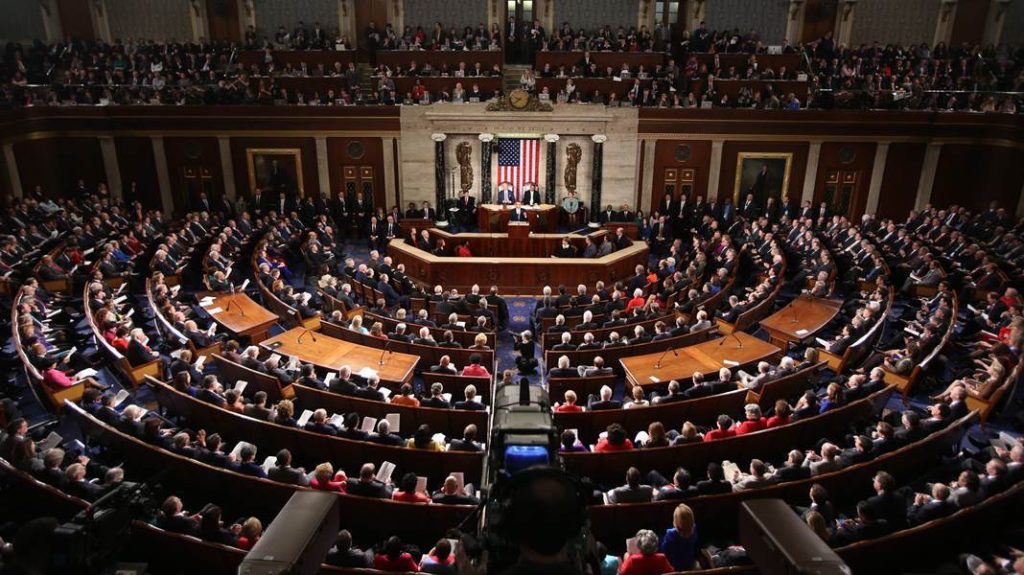

The TPP negotiations concluded in October 2015. The pact could have – and absolutely would have – been approved by Congress as early as February 2016 if the votes were there to pass it. Progressives’ work ensured the votes weren’t there.
There were still twelve major Republican and two Democratic nominees competing for President at that time. All but one Republican candidate came out in opposition to the TPP. Democratic candidate Bernie Sanders made the TPP a central issue in his campaign. Opposition to the TPP was a prominent feature of the Democratic Convention.
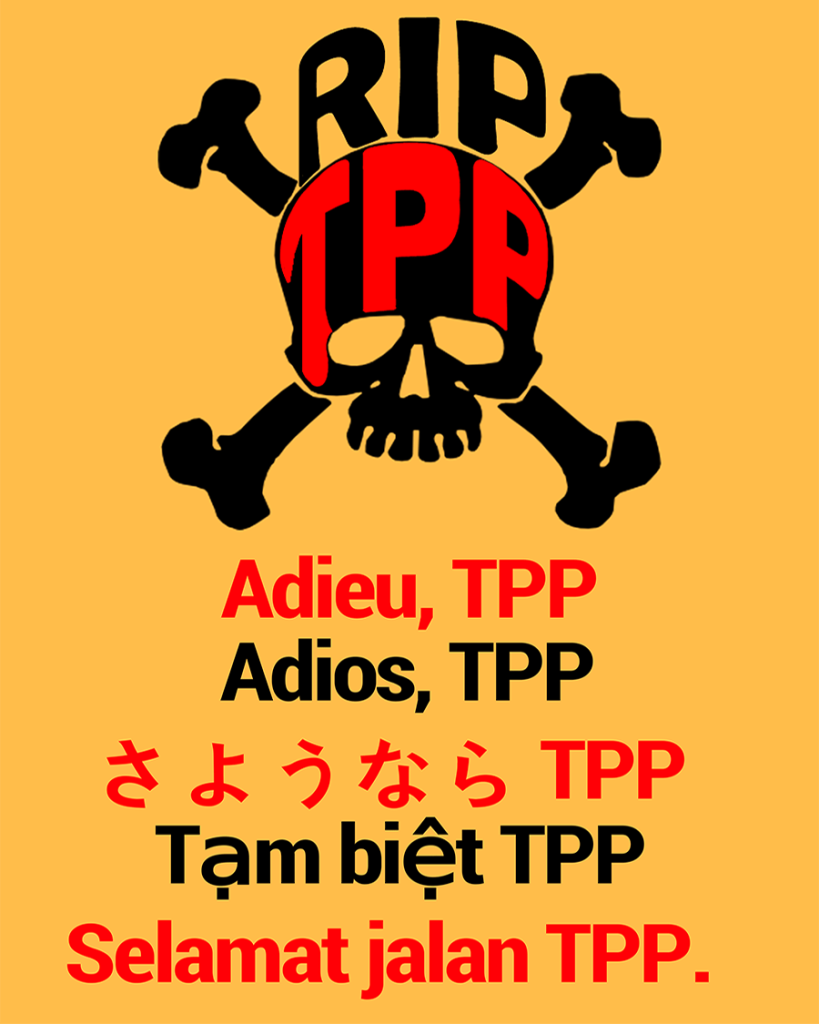
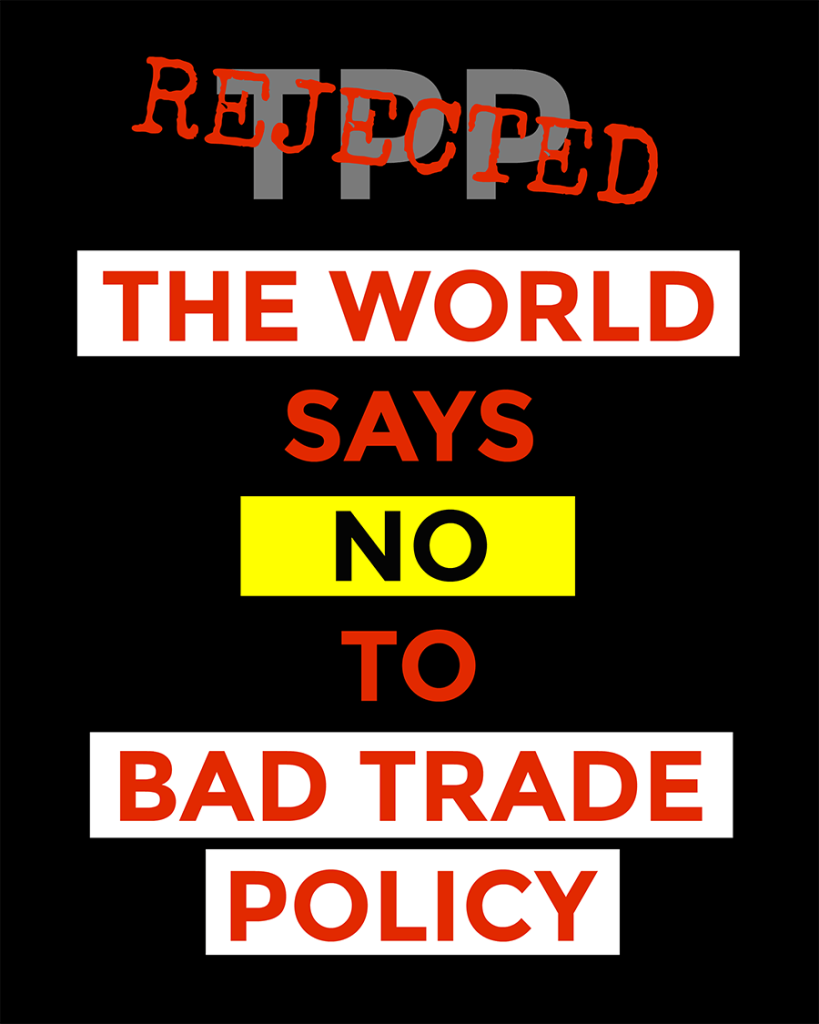
From the February 2016 signing of the TPP, grassroots organizing combined with the tireless “inside” work of a team of members of Congress organized by Rep. Rosa DeLauro ensured that the votes to pass TPP could never be assembled even as the corporate lobby and White House pushed relentlessly. Week by week, month by month, until Congress broke for the election in September there was never a majority to pass the deal.
We knew a last-gasp attempt to pass the TPP might come post-election during the lame-duck session of Congress, but we already had the votes lined up and were poised to defeat it should the administration dare bring it forward, regardless of whether Donald Trump, Hillary Clinton, Bernie Sanders or anyone else was elected to the White House.
As formidable as our opposition was, when we came together across issue areas and geographic borders, we had more power.